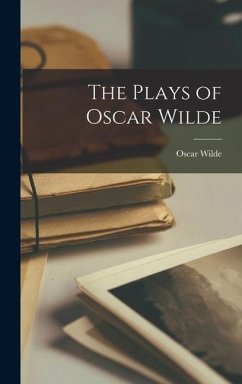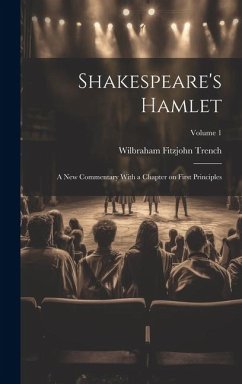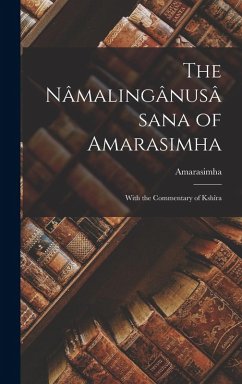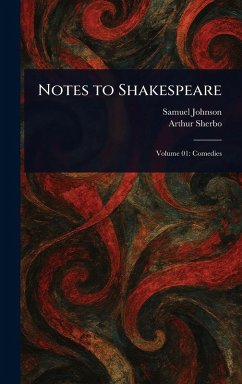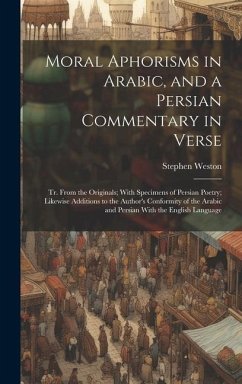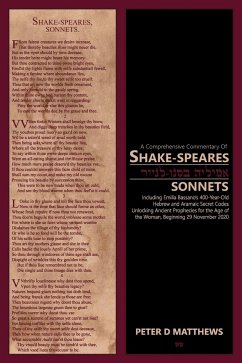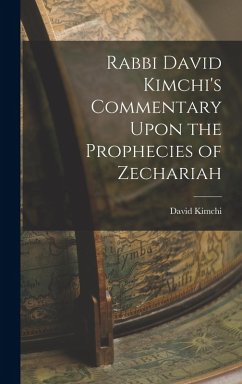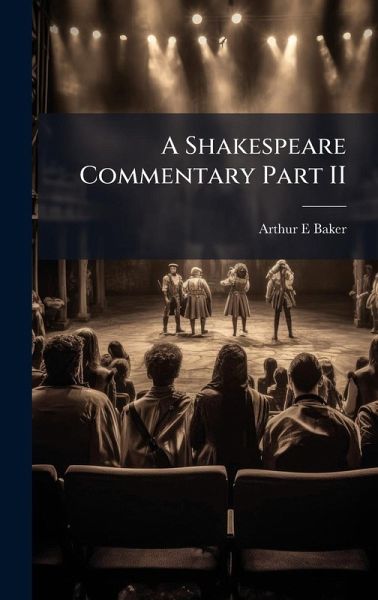
A Shakespeare Commentary Part II
Versandkostenfrei!
Versandfertig in über 4 Wochen
37,99 €
inkl. MwSt.
Weitere Ausgaben:

PAYBACK Punkte
19 °P sammeln!
A Shakespeare Commentary Part II by Arthur E. Baker provides in-depth analysis and interpretation of Shakespeare's plays. This volume offers detailed notes, explanations of obscure passages, and critical insights into the themes, characters, and language of Shakespeare's works. Designed for scholars, students, and enthusiasts, this commentary enhances the understanding and appreciation of the Bard's enduring literary contributions. Baker's work serves as an invaluable resource, shedding light on the historical context, literary techniques, and philosophical underpinnings of Shakespeare's plays...
A Shakespeare Commentary Part II by Arthur E. Baker provides in-depth analysis and interpretation of Shakespeare's plays. This volume offers detailed notes, explanations of obscure passages, and critical insights into the themes, characters, and language of Shakespeare's works. Designed for scholars, students, and enthusiasts, this commentary enhances the understanding and appreciation of the Bard's enduring literary contributions. Baker's work serves as an invaluable resource, shedding light on the historical context, literary techniques, and philosophical underpinnings of Shakespeare's plays, making it an essential addition to any Shakespeare library. This work has been selected by scholars as being culturally important, and is part of the knowledge base of civilization as we know it. This work was reproduced from the original artifact, and remains as true to the original work as possible. Therefore, you will see the original copyright references, library stamps (as most of these works have been housed in our most important libraries around the world), and other notations in the work. This work is in the public domain in the United States of America, and possibly other nations. Within the United States, you may freely copy and distribute this work, as no entity (individual or corporate) has a copyright on the body of the work. As a reproduction of a historical artifact, this work may contain missing or blurred pages, poor pictures, errant marks, etc. Scholars believe, and we concur, that this work is important enough to be preserved, reproduced, and made generally available to the public. We appreciate your support of the preservation process, and thank you for being an important part of keeping this knowledge alive and relevant.



